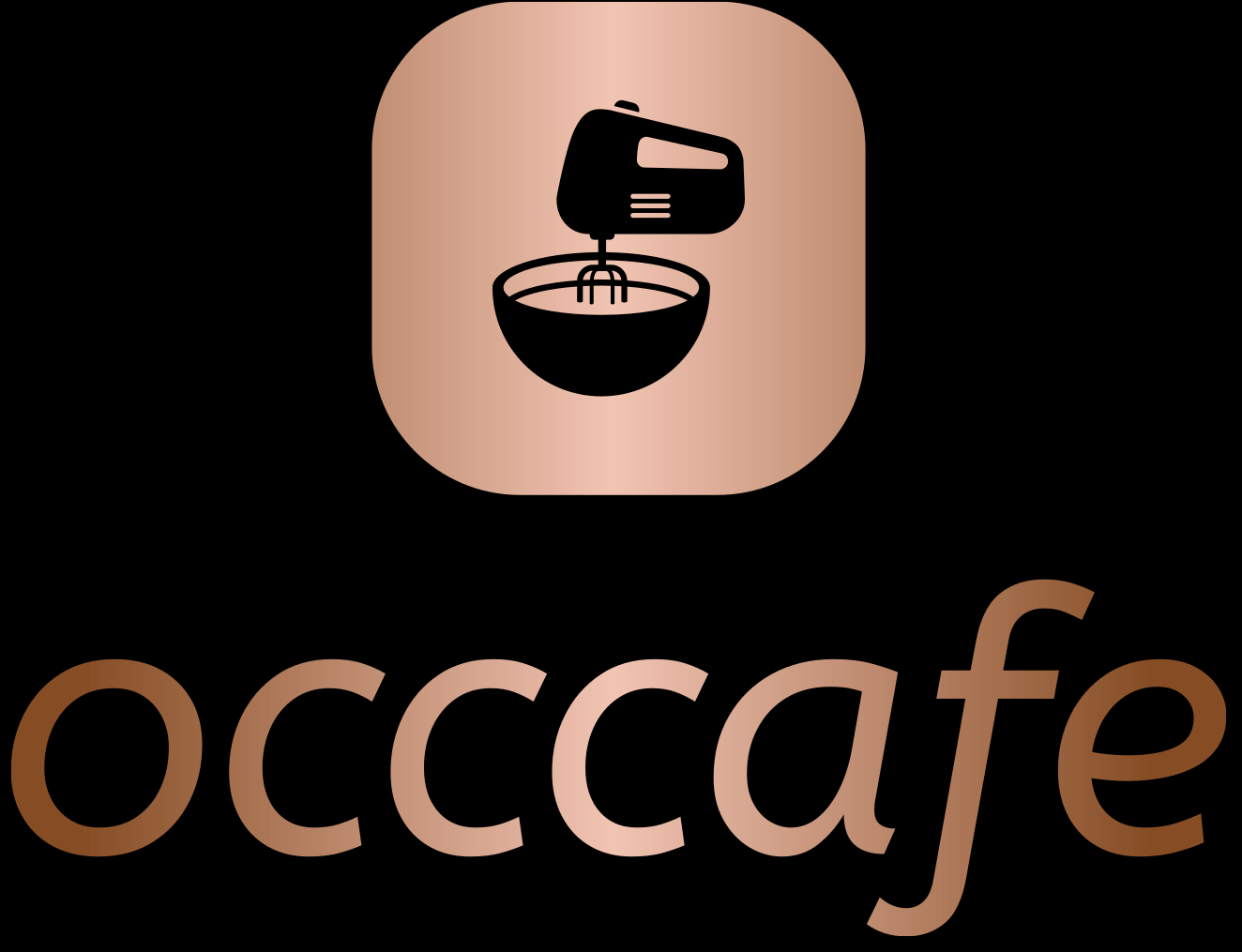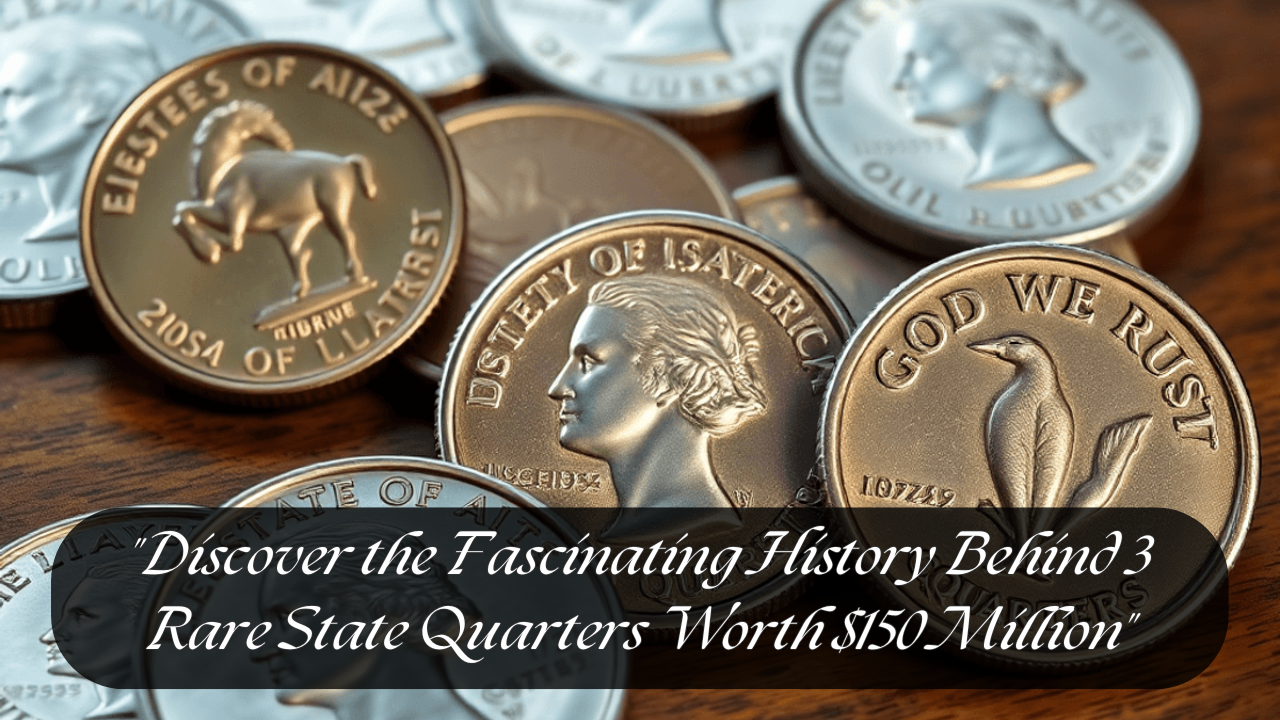Introduction
You may have some buried treasures in your pocket change. State quarters, arguably the most popular series of American coin collecting history, has captured the hearts of generations of collectors. These small coins are part of our country’s heritage, and some are worth much more than their face value of 25 cents.
Three exceptional state quarters are recognized in the collecting world, with an estimated value approaching an astonishing $150 million. These rare coins include:
- The mystifying “Spitting Horse” Delaware Quarter, 1999
- The disputed “Extra Leaf” Wisconsin Quarter, 2004
- The cryptic “In God We Rust” Kansas Quarter, 2005
Each of the coins has its special characteristic that makes it different from million other quarters. Ranging from striking errors to die cracks, such coins reveal interesting anomalies for which their high prices are justified in the present market.
Are you ready to discover the world of rare state quarters? You will learn how simple minting mistakes turned ordinary quarters into valuable coins worth millions. The stories behind these coins will forever change your perception of the change in your pocket.
The State Quarters Program: A Brief History
An extremely ambitious program set by the United States Mint launched in 1999; one which would change forever the shape of American coin collecting: the State Quarters Program. This Federal/State joint venture churned out special quarter pieces commemorating each state and its respective history.
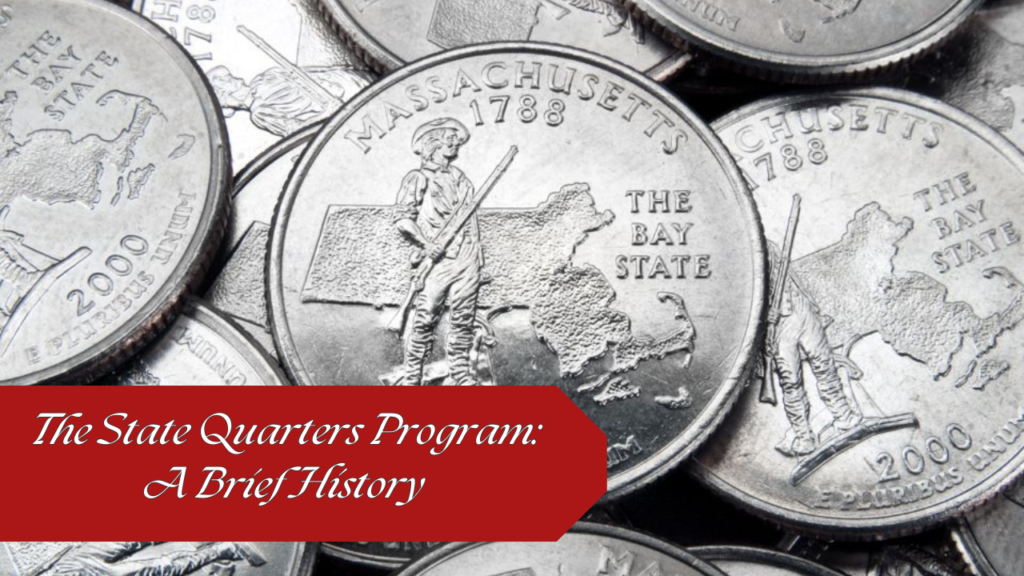
How the Program Worked
A step by sequential release schedule following the admittance order to the United States Union provided the guideline for the whole program, which was done in a step-by-sequential method. Here it is below:
- Delaware was first introduced in 1999 for the series.
- Each state had its own quarter, which was specially created with local input in designing it. State symbols, landmarks, and other representations were found on each quarter.
- The state quarter collection was complete by 2008 in the design of Hawaii.
The Impact of the Program
This incredible program brought unprecedented public fascination about coin collecting. A U.S. Mint disclosed that some 140 million Americans have collected state quarters since it launched the program.
Key Statistics:
- 5 designs in new quarters every year
- 34 billion state quarters coined
- $8.7 billion in seigniorage generated
- Average production of 683 million quarters per state
The program did much to popularize the hobby of coin collecting among new collectors across generations, and it created a healthy secondary market for rare variations and mint errors.
1. 1999 Delaware Quarter: The Mysterious ‘Spitting Horse’ Error Coin
The 1999 Delaware quarter stands for the epitome of one single mistake of minting that can result in being history in collecting coins. This error was termed Spitting Horse error because one crack is said to reflect a spitting or dribbling Caesar Rodney’s horse, a very strange incident interesting enough for collectors around the world to be captivated.
What Causes the Spitting Horse Error?
This is a rare error coin that occurred in the minting process. A crack developed in the die used to make these quarters. As a result, a raised metal line protrudes from the mouth of the horse, suggesting liquid is being spurted. Although die cracks are quite common in coin production, this particular placement and look give the Delaware quarter such monetary value.
Why Is It Called the Spitting Horse Error?
This is where the name Spitting Horse comes from; the distinctive die crack resembling Caesar Rodney’s horse spitting or drooling. This oddity has captured the world’s collectors’ attention.
How Many Authentic Examples Exist?
Professional numismatists estimate that there are fewer than 50 genuine examples of this error coin in existence. This has pushed the prices to astronomical levels, with recent sales reaching over $50 million for each quarter.
Key Features to Identify the Spitting Horse Error
Here are some of the most important characteristics to look out for in identifying the Spitting Horse variety:
- A raised metal line extending from the horse’s mouth
- Small differences in the length and width of the crack
- Stress marks near the horse’s neck
- Evidence of patterns in wear on genuine items
Why Does Coin Grade Matter?
Such a rare error coin’s rarity is amplified even further with regards to the grade; high-grade pieces fetch a premium. The coin needs professional grading due to instances of counterfeiting as many take interest in this piece due to its price tag.
The Delaware Spitting Horse quarter is the perfect combination of historical importance, visible mistake, and extreme rarity. For those interested in learning more about valuable quarters or want to know which quarters are worth money, resources exist that delve deeper into these topics. Additionally, collectors looking for a comprehensive guide on the 1999 D Delaware 50 State Quarter will find valuable information online.
2. The Controversial ‘Extra Leaf’ Variety of the 2004 Wisconsin Quarter
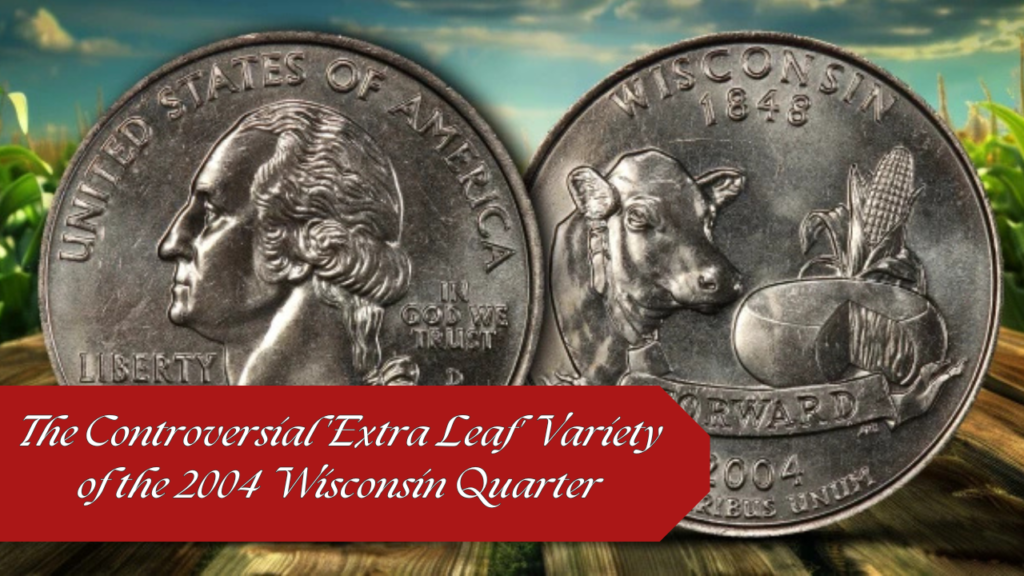
Amongst all error coins, this version of the 2004 Wisconsin quarter holds an extremely significant place in the annals of history. One version, being quite an uncommon sight to the eyes, presents with something more on it besides the general design-a supplementary leaf added to the rear side corn stalk in a quarter.
Two Variations of the Wisconsin Quarter
There are two variations of the same error coin.
- High Leaf: The extra leaf is upwardly protruding
- Low Leaf: The extra leaf is pointing downwards
Where These Error Coins Came From
These error coins are one part of a larger group of coins called U.S. error coins. 50,000 quarters were made in the Denver Mint which carries this anomaly. There are also lively debates among the numismatics experts as to whether it was a deliberate modification of the die or simply damage that occurred during production.
How Collectors Determine Value
For most of these quarters, nothing could be more controversial – but this has only inflated its value. A Wisconsin Extra Leaf quarter can sell at $100 to $1,500 depending on which variation of the leaf one is holding and the clarity and definition of the leaves’ outline.
Professional grading of coins looks at a serious identifying factor:
- The relative position of the extra near the main corn ear
- The definition and clarity with which the outline of a die is impressed
- The degree to which additional die markings or errors are present on the coin
Why Collectors Want These Quarters
Collectors are pretty thirsty for these Wisconsin Extra Leaf quarters, and the scarcity is getting to a point of high difficulty in authentic specimens.
The history behind making and the arguments whether that’s intentional or by coincidence which has sealed their names among the most interestingly enthralling state quarter variations is such that enthusiasts consider it among the most expensive worth money state quarter mistakes.
3. Exploring Inscription Errors: The 2005 Kansas Quarter with ‘In God We Rust’
This highly priced coin may result from a relatively minor minting error. In this example, the particular Kansas quarter became infamous because of the error of the missing or partially struck ‘T’ in the word “IN GOD WE TRUST” and resulting in the writing of “IN GOD WE RUST.”
How the Error Happened
The error occurred due to grease buildup inside the die during the stamping process, preventing the letter from appearing completely on the coins. The result of this misprinting became a highly desired error coin among collectors regarding Kansas quarters.
Key Characteristics of the ‘Rust’ Error:
- Partially or fully clear visibility of the ‘T’ in TRUST
- Extent of Letter Visibility
- In general, examples exhibit consistent signs of wear
- Found primarily as circulation strikes
Value of the ‘In God We Rust’ Quarters
These error quarters have a market value between $50 to $100 for circulated specimens. However, uncirculated specimens fetch much more than these prices. Hence, these coins fall within the same value range of other popular state quarter errors like the Minnesota quarter with extra trees. Indeed, there are 15 valuable coins that could be sitting in your jar, among them such state quarter errors.
Tips for Collectors: How to Identify Genuine ‘In God We Rust’ Quarters
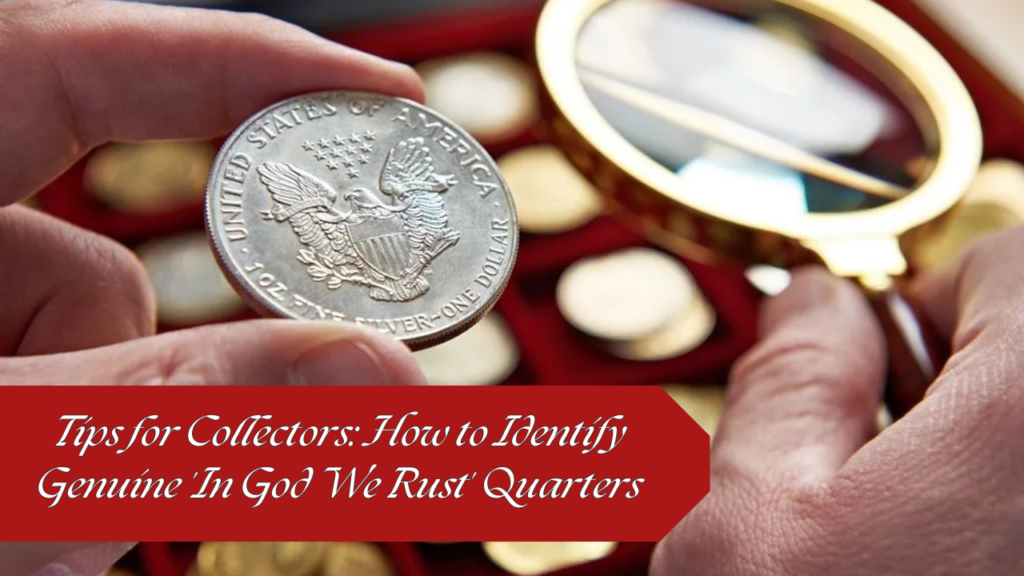
Experienced collectors look for specific authentication points to identify original ‘In God We Rust’ quarters:
- Patterns of die deterioration around the area affected
- Metal flow is consistent
- Original mint luster is maintained
- No manipulation
It can present compelling quarters of historical interest, with industrial imperfections forming a nexus that every serious numismatist interested and casual collector wants – both those interested in having at home 15 of the world’s most valuable coins still circulating.
Engaging with the Coin Collecting Community Today: Social Media Trends and Influencer Marketing in Numismatics
Social media has revolutionized the coin collecting world. What was once a solitary hobby is now a vibrant online community. At the forefront of this revolution is TikTok, where hashtags such as #coincollecting and #rarestatecoins have racked up millions of views.
How TikTok Influencers are Shaping Coin Collecting
Popular coin collecting influencers on TikTok share:
- Quick tutorials on identifying valuable state quarters
- Live coin hunting sessions
- Behind-the-scenes looks at coin grading processes
- Real-time responses to the rare coin finds
Rise of numismatic influencer marketing. A New Generation of Collectors Is Born Young collectors discover collecting through engaging short form videos. Collecting intricacies become easy to understand in an entertaining way. Creators often showcase personal collections besides giving hands-on insights and market information.
The Impact of Digital Platforms on Coin Collecting
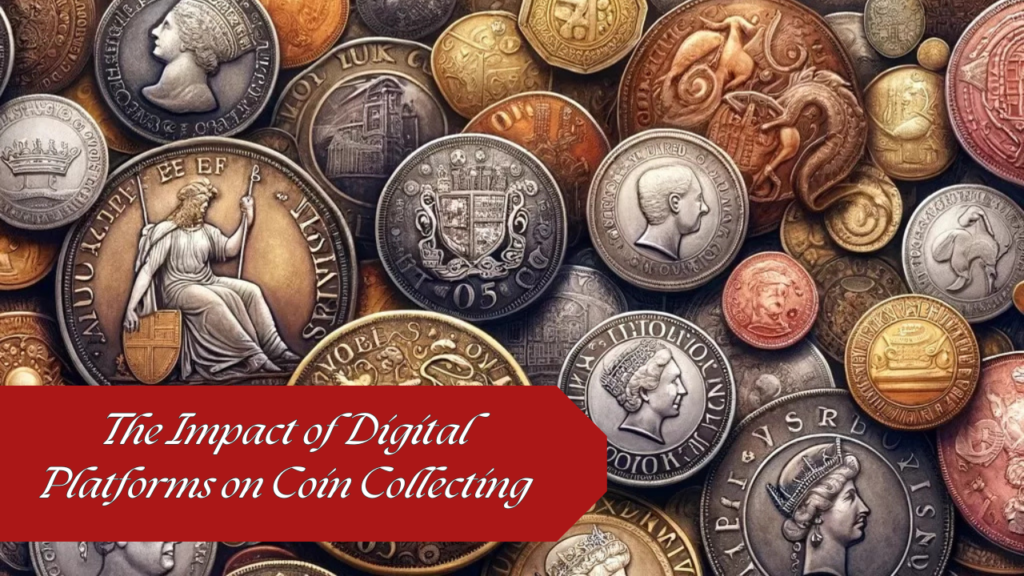
Digital technologies have transformed the processes of coin authentication and estimation. Today, collectors engage in:
- Coin shows virtually
- Online auctions
- Price discussion – live
- Educational materials – webinars led by experts
This virtual revolution has made it easier for collectors to collect rare state quarters. Social media websites create dynamic marketplaces through which a collector can share discoveries and find other experts.
Conclusion: Start Your Own Journey into Rare State Quarters Collecting!
Perhaps that highly valued state quarter has been living in your pocket, among your change and coin jars, or awaiting discovery at a local coin shop. It’s then you see what lies just beneath the surface with rare state quarters like these, full of unseen value and potentially hidden in the mix.
Here’s how you get started fast:
- Check for date and mint mark on each quarter
- Search for those with unusual features or errors
- Snap clear photos to document
- Join online coin collector groups
- Get them professionally graded if promising
The fun of finding that rare state quarter isn’t just about the monetary value, but it is also about saving history and being part of a passionate community of collectors. Your journey into numismatics begins with a single quarter. Who knows? You might be holding the next coin collection worth a hundred fifteen million dollars in your hands right now.
FAQs
What is the significance of the state quarters program?
The state quarters program, created by the U.S. Mint between 1999 and 2008, was conceived on the theme of having every state within the union featured on a unique quarter. It is interesting to note that this series caught public attention very soon after it was launched, with vast numbers of people now enthusiastically collecting coins, creating widespread interest in the United States numismatics.
What makes the 1999 Delaware quarter known as the ‘Spitting Horse’ error so valuable?
There’s only one ‘Spitting Horse’ error on some of the 1999 Delaware quarters, and it is because of its extreme rarity as well as the interesting story it has about its discovery that makes it highly in demand. A die crack in the coin resulted in a peculiar appearance of the mouth of the horse, giving this coin a unique aspect that attracts many numismatists.
Can you explain the ‘Extra Leaf’ variety of the 2004 Wisconsin quarter?
The ‘Extra Leaf’ of the 2004 Wisconsin quarter is the mis-strike of the additional leaf on one side of the coin that was not planned in the original design. This one is a topic of much controversy among experts and collectors, making it an interesting piece to collect.
What is the story behind the ‘In God We Rust’ error on the 2005 Kansas quarter?
The Kansas quarter of 2005 had an inscription error in the phrase ‘In God We Rust’ instead of ‘In God We Trust’, which was a point in coin collecting. This coin adds to the collectibility factor because it features human error in its production, making it an interesting coin for collectors.
